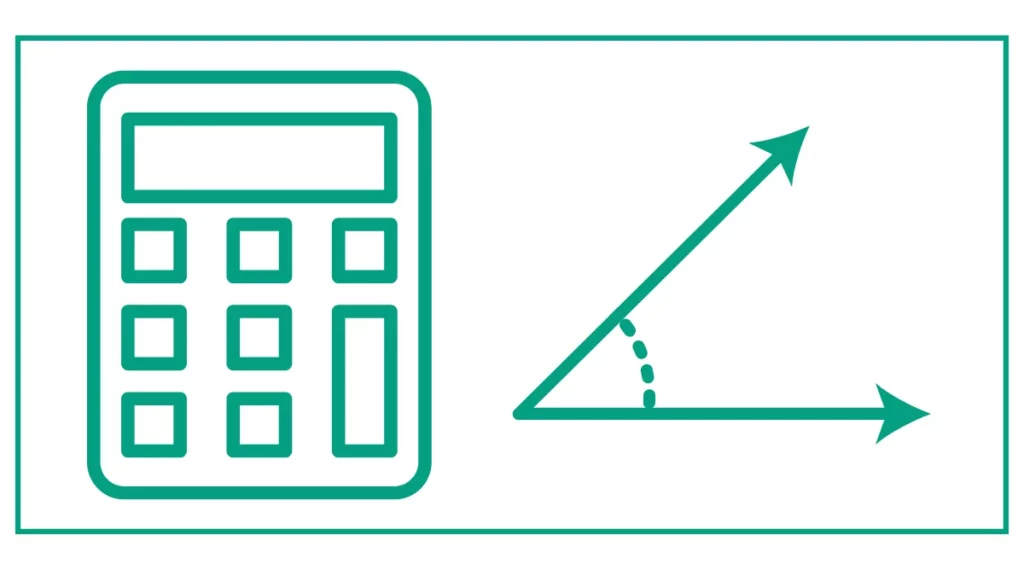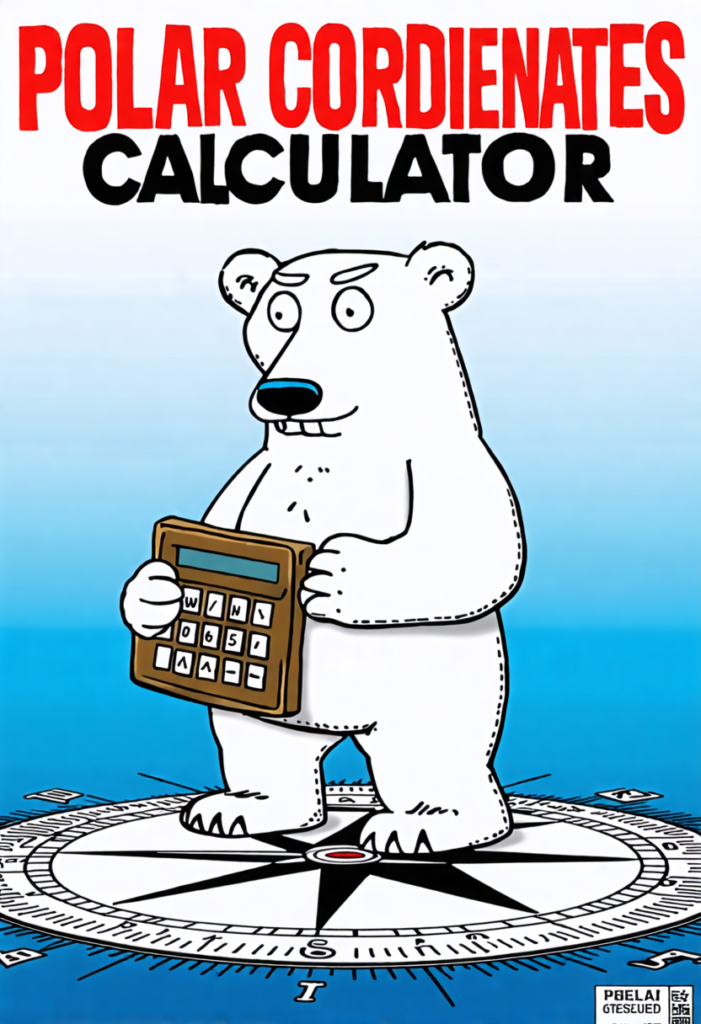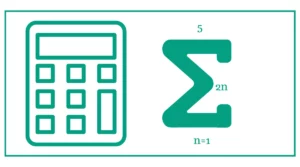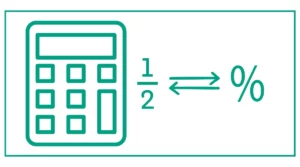Polar Coordinates Calculator
Polar to Cartesian Coordinates
This polar coordinates calculator helps you convert the cartesian to polar coordinates and the polar to cartesian coordinates.
To calculate cartesian to polar coordinates, enter the value of x and y.
r = √ ( x2 + y2 ) θ = tan-1 ( y / x )
To calculate polar to cartesian coordinates, enter the value of r and θ (degrees).
x = r × cos( θ ) y = r × sin( θ )

You can also find the related rate easily.
Understanding Polar and Cartesian Coordinate Systems
Before delving into the specifics of the Polar Coordinates Calculator, it’s essential to understand the fundamental differences between polar and Cartesian coordinate systems.
Cartesian coordinates, named after the French mathematician René Descartes, represent points in a plane using two perpendicular axes: the x-axis (horizontal) and the y-axis (vertical). Each point is defined by an ordered pair (x, y), where x represents the distance from the origin along the horizontal axis, and y represents the distance along the vertical axis.
Polar coordinates, on the other hand, define points in a plane using a distance from a fixed point (called the pole or origin) and an angle from a fixed direction (usually the positive x-axis). Each point is represented by an ordered pair (r, θ), where r is the distance from the origin to the point, and θ (theta) is the angle between the line from the origin to the point and the positive x-axis.
Key Features of the Polar Coordinates Calculator
The Polar Coordinates Calculator offers several features that make it a valuable tool for coordinate conversion:
1. Bi-directional conversion: Users can convert from Cartesian to polar coordinates and vice versa.
2. Step-by-step solutions: The calculator provides detailed steps for each conversion, aiding in the learning process.
3. Graphing capabilities: Some versions of the calculator include a graphing function to visualize the converted coordinates.
4. User-friendly interface: The calculator is designed for ease of use, with clear input fields and instructions.
5. Accuracy: Results are typically provided with decimal precision, ensuring accurate conversions.
How to Use the Polar Coordinates Calculator
Using the Polar Coordinates Calculator is straightforward. Here’s a step-by-step guide for both types of conversions:
Converting from Cartesian to Polar Coordinates:
1. Enter the x-coordinate in the designated field.
2. Enter the y-coordinate in the designated field.
3. Click the “Convert to Polar” button.
4. The calculator will display the corresponding r and θ values in polar form.
Converting from Polar to Cartesian Coordinates:
1. Enter the r value (distance from the origin) in the designated field.
2. Enter the θ value (angle in degrees) in the designated field.
3. Click the “Convert to Cartesian” button.
4. The calculator will display the corresponding x and y coordinates.
The Mathematics Behind Polar Coordinate Conversion
Understanding the underlying mathematics of coordinate conversion can enhance your appreciation of the Polar Coordinates Calculator. Let’s explore the equations used for these conversions:
Converting from Cartesian to Polar:
r = √(x² + y²)
θ = tan⁻¹(y/x)
Converting from Polar to Cartesian:
x = r * cos(θ)
y = r * sin(θ)
These equations form the basis of the calculations performed by the Polar Coordinates Calculator. By automating these computations, the calculator saves time and reduces the likelihood of errors in manual calculations.
Practical Applications of Polar Coordinates
Polar coordinates have numerous practical applications across various fields. Some common uses include:
1. Navigation and GPS: Polar coordinates are used in navigation systems to represent locations on Earth’s surface.
2. Physics: Many physical phenomena, such as circular motion and wave propagation, are more easily described using polar coordinates.
3. Engineering: Polar coordinates are useful in describing rotational systems and in antenna design.
4. Mathematics: Certain equations and curves are more easily expressed in polar form, such as the equations of circles and spirals.
5. Computer graphics: Polar coordinates can be used to generate circular patterns and rotate objects in 2D space.
Example 1: Converting a Point from Cartesian to Polar Coordinates
Let’s walk through an example of converting a point from Cartesian to polar coordinates using the Polar Coordinates Calculator.
Suppose we have the point (3, 4) in Cartesian coordinates. To convert this to polar form:
1. Enter x = 3 and y = 4 into the calculator.
2. Click “Convert to Polar.”
3. The calculator will show:
r = √(3² + 4²) = √25 = 5
θ = tan⁻¹(4/3) ≈ 53.13 degrees
Therefore, the point (3, 4) in Cartesian coordinates is approximately (5, 53.13°) in polar coordinates.
This example demonstrates how the Polar Coordinates Calculator simplifies the conversion process, providing both the distance from the origin (r) and the angle (θ) quickly and accurately.
Example 2: Converting a Point from Polar to Cartesian Coordinates
Now, let’s look at an example of converting from polar to Cartesian coordinates using the calculator.
Suppose we have the point (6, 30°) in polar coordinates. To convert this to Cartesian form:
1. Enter r = 6 and θ = 30 into the calculator.
2. Click “Convert to Cartesian.”
3. The calculator will show:
x = 6 * cos(30°) ≈ 5.20
y = 6 * sin(30°) ≈ 3.00
Therefore, the point (6, 30°) in polar coordinates is approximately (5.20, 3.00) in Cartesian coordinates.
This example showcases how the Polar Coordinates Calculator can quickly provide the x and y coordinates for a given polar point, saving time and reducing the chance of calculation errors.
Advanced Features of Some Polar Coordinates Calculators
While basic Polar Coordinates Calculators perform the essential conversion functions, some advanced versions offer additional features that can enhance their utility:
1. Graphing capabilities: Some calculators include a graphing function that visually represents the converted coordinates on a polar or Cartesian grid.
2. Equation solving: Advanced calculators may allow users to input equations in either polar or Cartesian form and solve for unknown variables.
3. Multiple coordinate pair conversions: Some tools can handle the conversion of multiple coordinate pairs simultaneously, which is useful for working with sets of data points.
4. Support for radians: In addition to degrees, some calculators allow angle input in radians, catering to users who prefer this unit of measurement.
5. Precision control: Advanced calculators may offer options to adjust the decimal precision of the results, allowing for more or less detailed output as needed.
Tips for Using the Polar Coordinates Calculator
To make the most of the Polar Coordinates Calculator, consider the following tips:
1. Understand the input format: Ensure you’re entering values in the correct format. For Cartesian coordinates, input x and y values separately. For polar coordinates, input r (distance) and θ (angle) separately.
2. Pay attention to units: When entering angles, make sure you’re using the correct units (degrees or radians) as specified by the calculator.
3. Use the step-by-step solutions: If available, review the step-by-step solutions provided by the calculator to enhance your understanding of the conversion process.
4. Verify your results: While the calculator is designed for accuracy, it’s always good practice to do a quick sanity check of the results, especially for critical applications.
5. Explore additional features: If you’re using an advanced version of the calculator, take time to explore its additional features, such as graphing or equation solving capabilities.
Common Challenges in Coordinate Conversion
While the Polar Coordinates Calculator simplifies the conversion process, users may still encounter some challenges:
1. Quadrant ambiguity: When converting from Cartesian to polar coordinates, the calculator may need to adjust the angle θ based on the quadrant of the original point. Most calculators handle this automatically, but it’s important to understand this concept.
2. Negative r values: In mathematical theory, r can be negative, but most practical applications use positive r values. Some calculators may not support negative r inputs or may handle them differently.
3. Multiple angle representations: A point in polar coordinates can often be represented by multiple angle values (e.g., 30° and 390° represent the same angle). Users should be aware of this when interpreting results.
4. Precision limitations: Digital calculators have inherent precision limitations due to finite decimal representation. For most practical purposes, this isn’t an issue, but it’s something to keep in mind for highly precise calculations.

References
- Polar vs. Cartesian Coordinates. (n.d.). Polar Vs. Cartesian Coordinates. engineeringtoolbox.com/converting-cartesian-polar-coordinates-d_1347.html
- musicweb.ucsd.edu/~trsmyth/compExpAndSpecRep/Converting_from_Cartesian.html. (n.d.). musicweb.ucsd.edu/~trsmyth/compExpAndSpecRep/Converting_from_Cartesian.html





